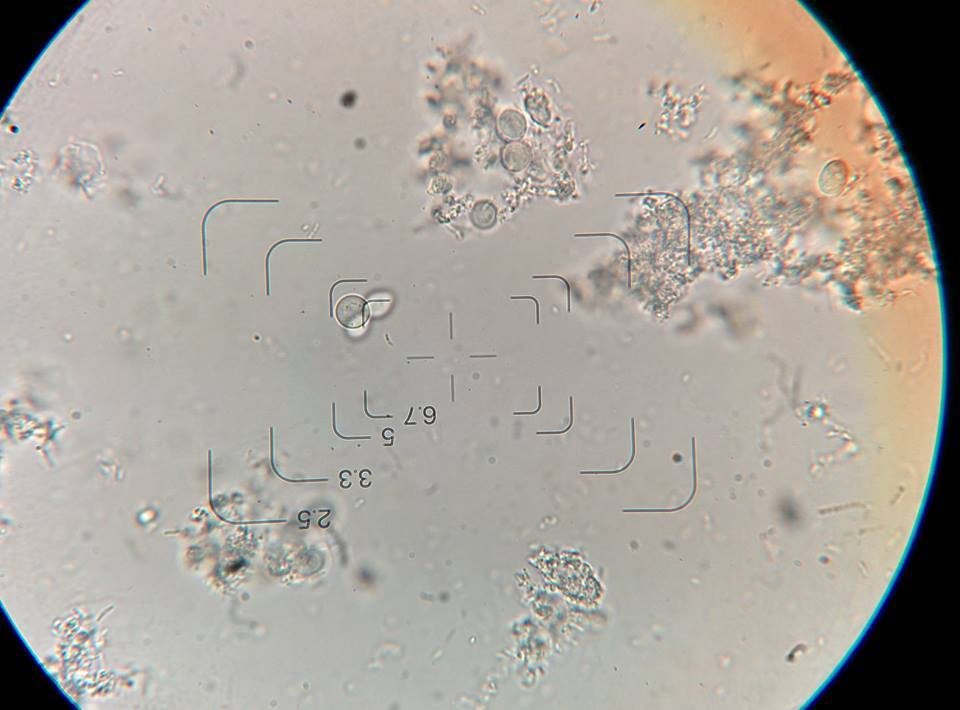BigPerm
Well-Known Member
- Joined
- Jan 27, 2014
- Messages
- 1,404
- Reaction score
- 355
I'm a little late to this thread, but the only explanation for your final gravities here is yeast contamination. Lactobacillus (heterofermentative or homofermentative) cannot attenuate to this degree. Even assuming a heterofermentative lactobacillus, this type of metabolism means a single glucose molecule is split into 1 molecule of lactic acid, one molecule of ethanol, and one molecule of CO2. The lacto can't direct output to ethanol production at the exclusion of lactic acid production. Practically speaking, this means that if one actually experienced 75% apparent attenuation with pure lacto, you should have in the neighborhood of 1.75% lactic acid by volume. The link to the Wyeast presentation in this thread shows that Berliners with a pH of 3.0 to 3.3 are .6-.8% lactic acid. A 1.75% lactic acid beer is probably not drinkable and would be under pH 3.0.
You are making some assumptions here that may or may not be correct. You can't (necessarily) assume there will be a 1:1 ratio of EtOH/Lactic acid produced, as fermentation conditions and strain will likely influence that ratio (and feedback inhibition as another noted). For example, the Bruery's Hottenroth is essentially a 100% Lactobacillus fermentation (although there is a small amount of brettanomyces in their, but they contend that it comprises a very small proportion of the microbes.) WLP677 claims 75-85% attenuation. I've never fermented it alone, so I can't comment on that with direct experience.
@oldsock did a 100% lacto experiment awhile back, but it doesn't look like he noted a FG. Maybe he can weigh in here?









![Craft A Brew - Safale S-04 Dry Yeast - Fermentis - English Ale Dry Yeast - For English and American Ales and Hard Apple Ciders - Ingredients for Home Brewing - Beer Making Supplies - [1 Pack]](https://m.media-amazon.com/images/I/41fVGNh6JfL._SL500_.jpg)
















































